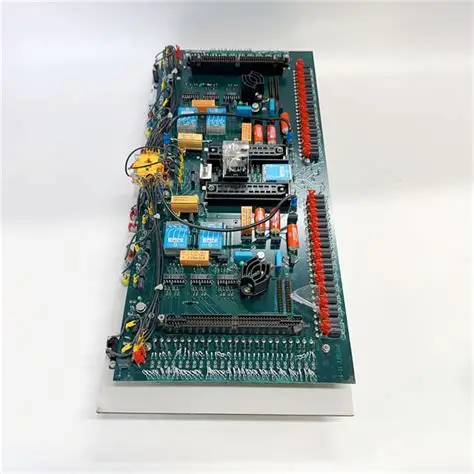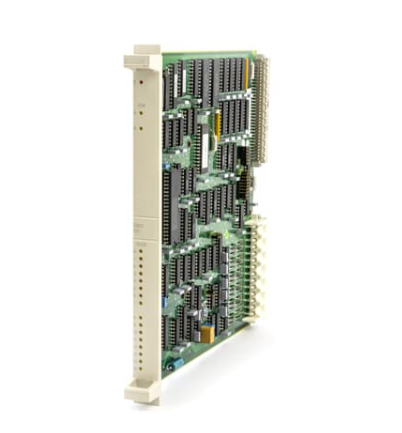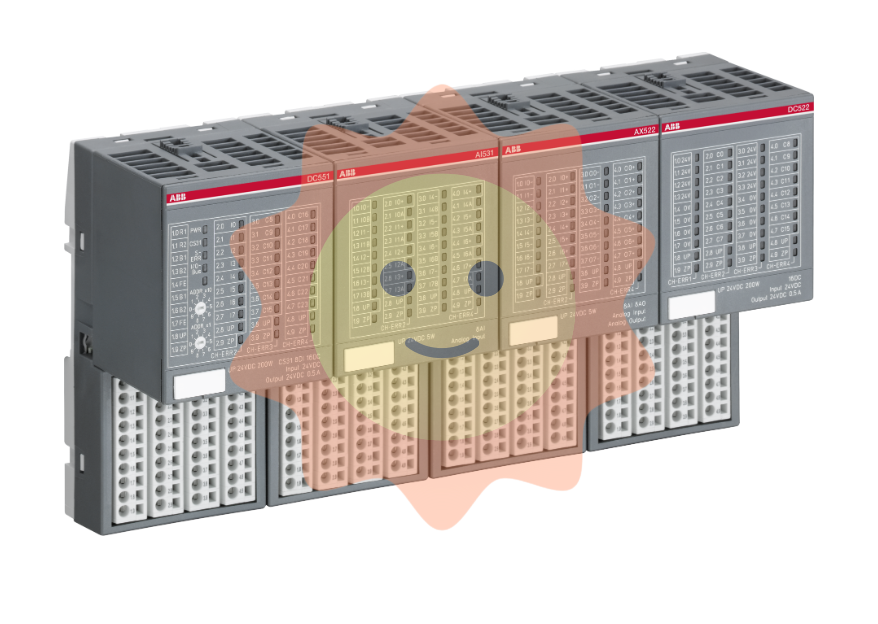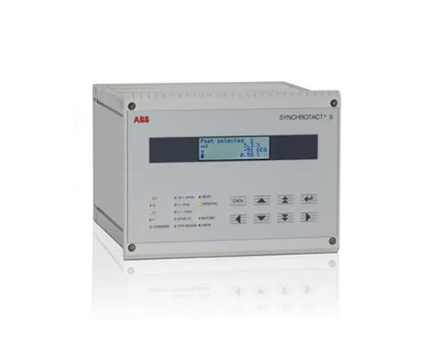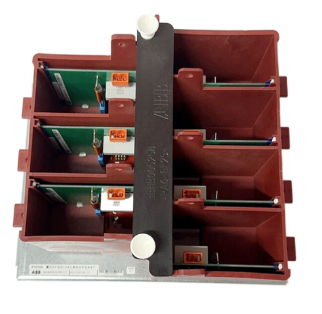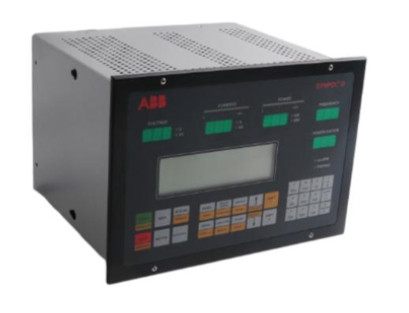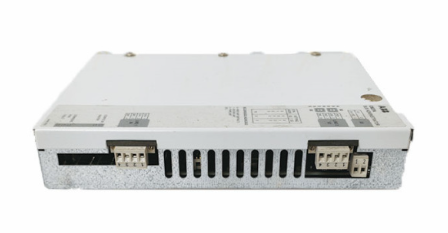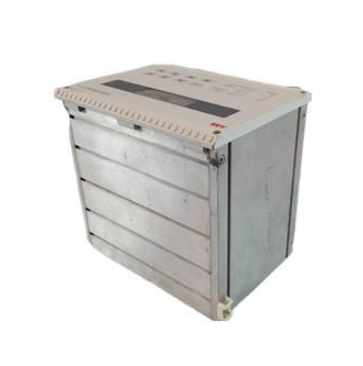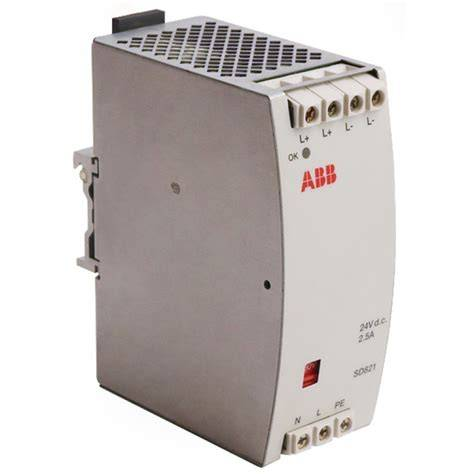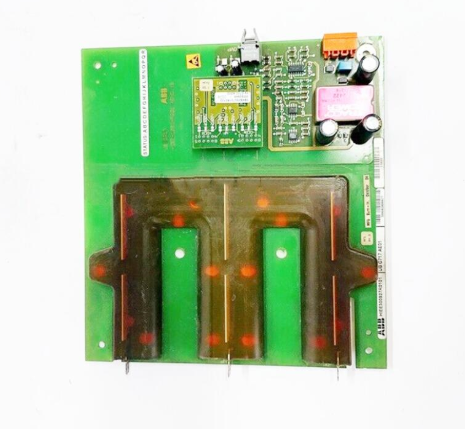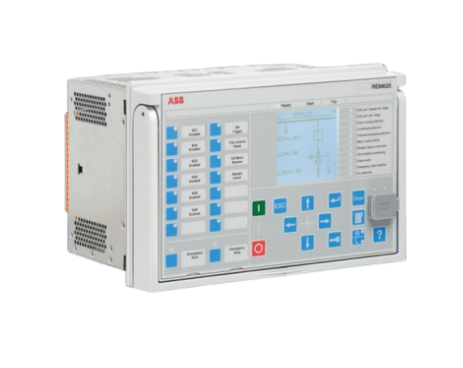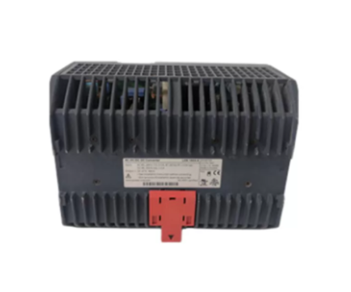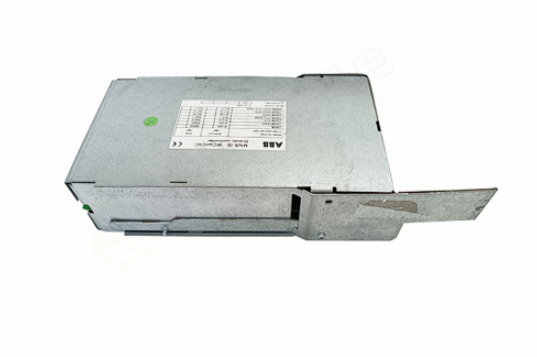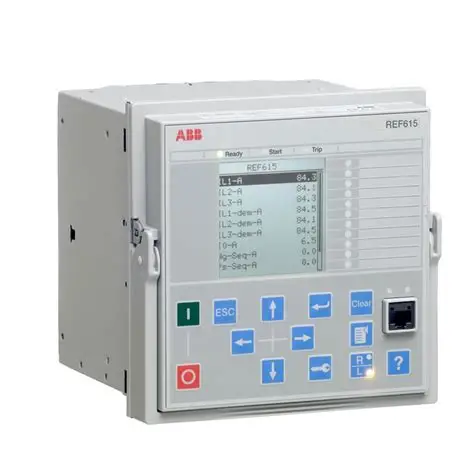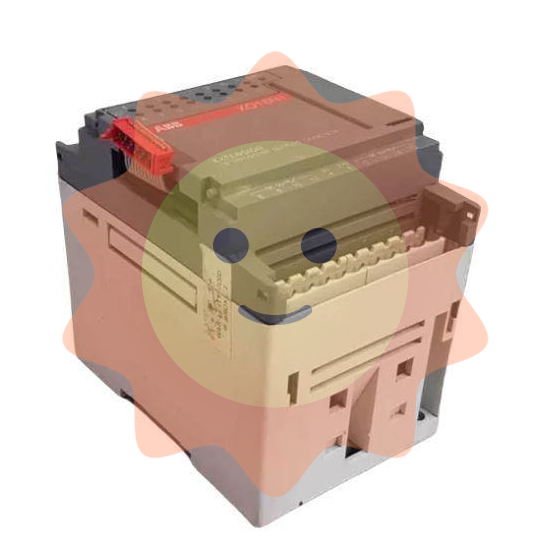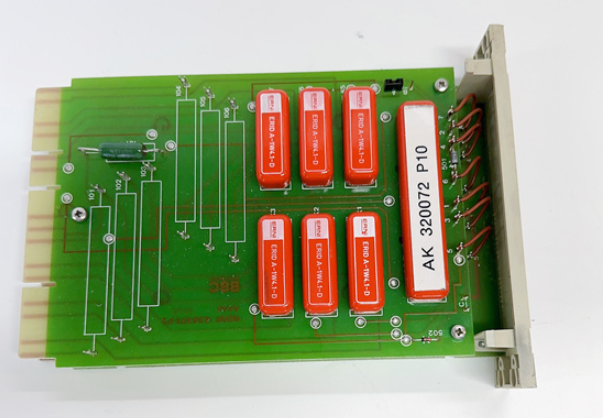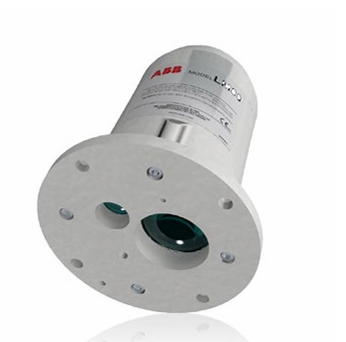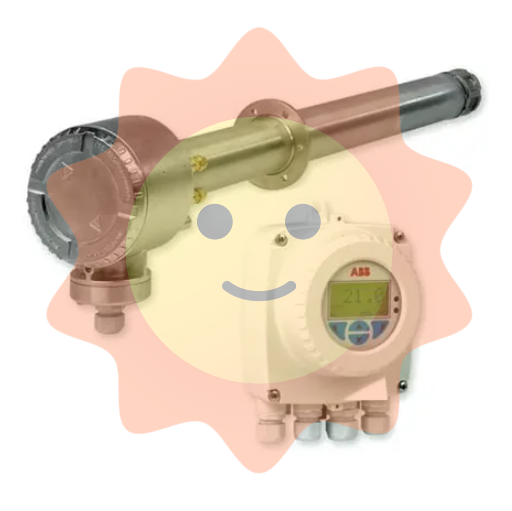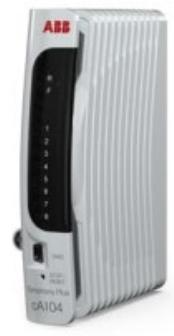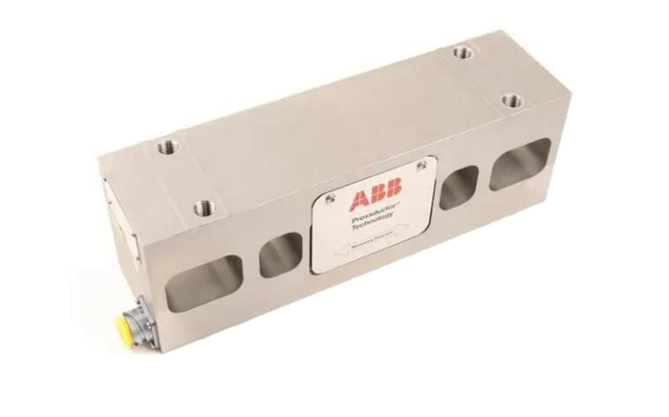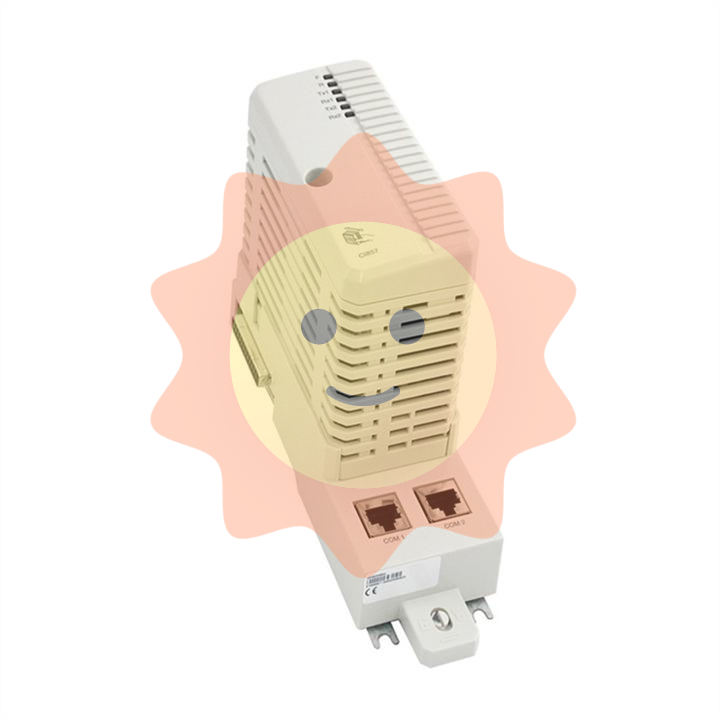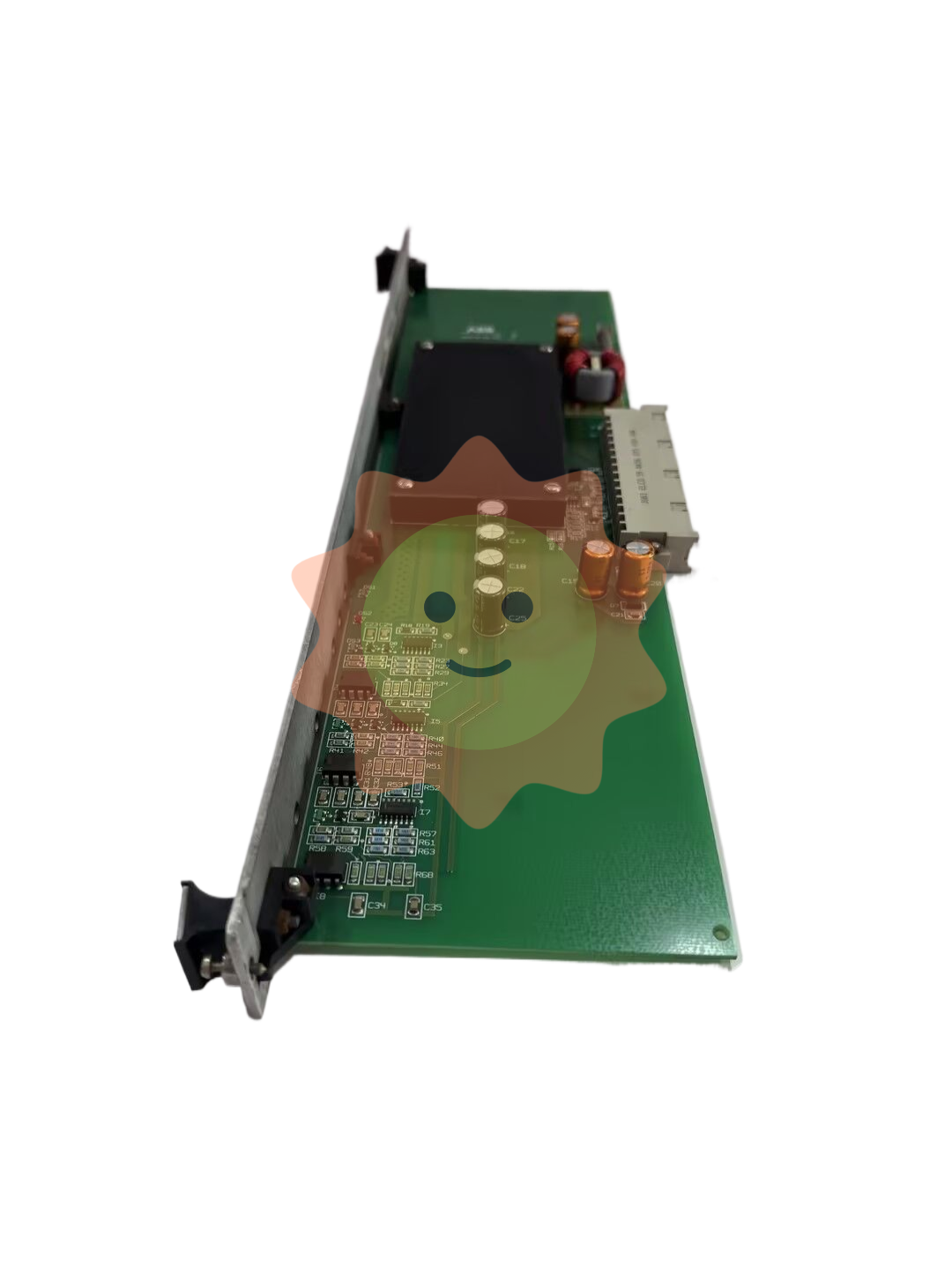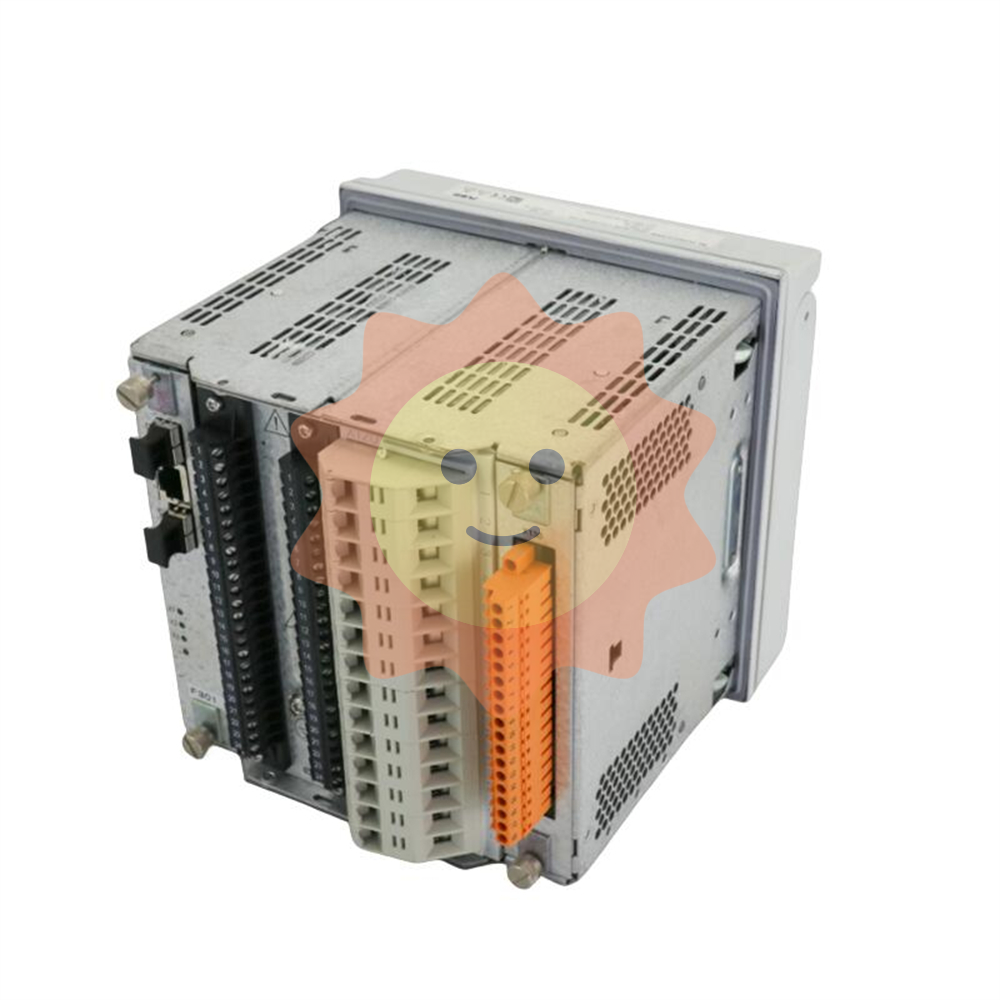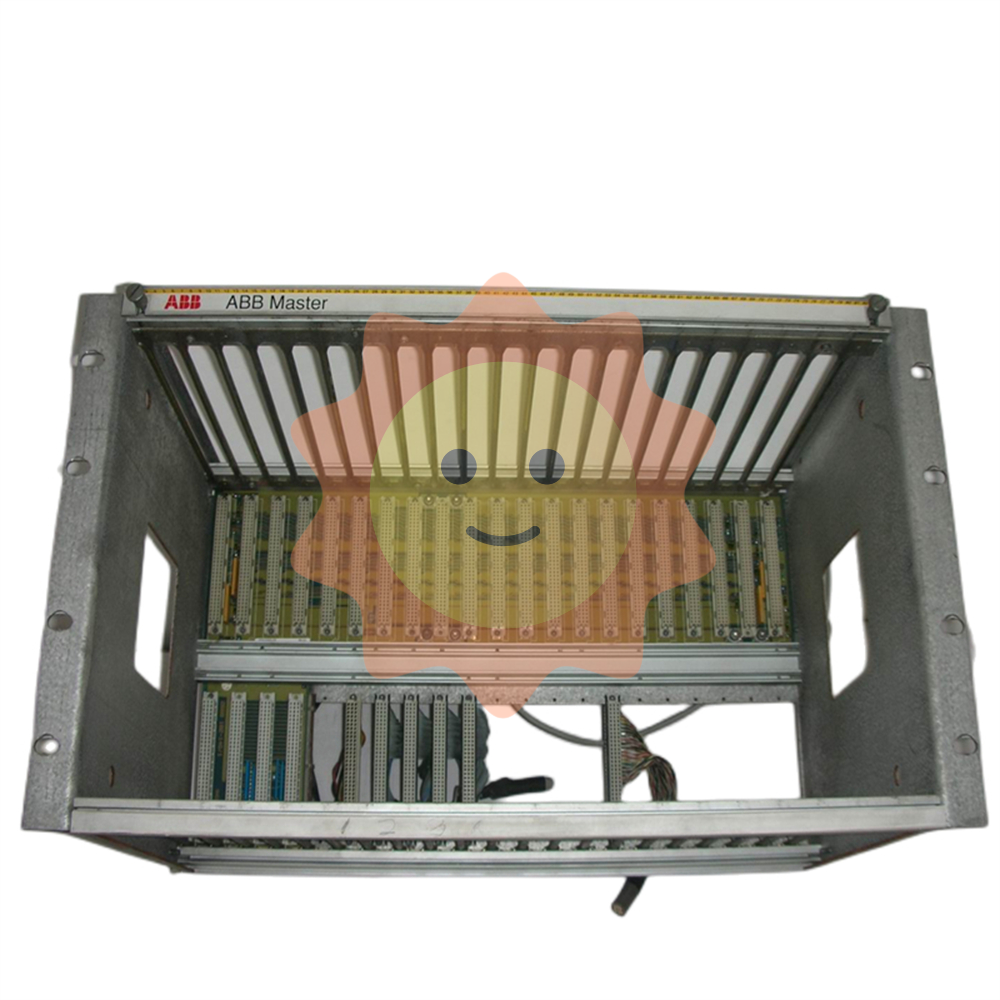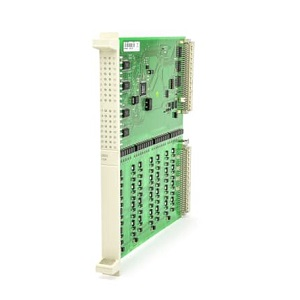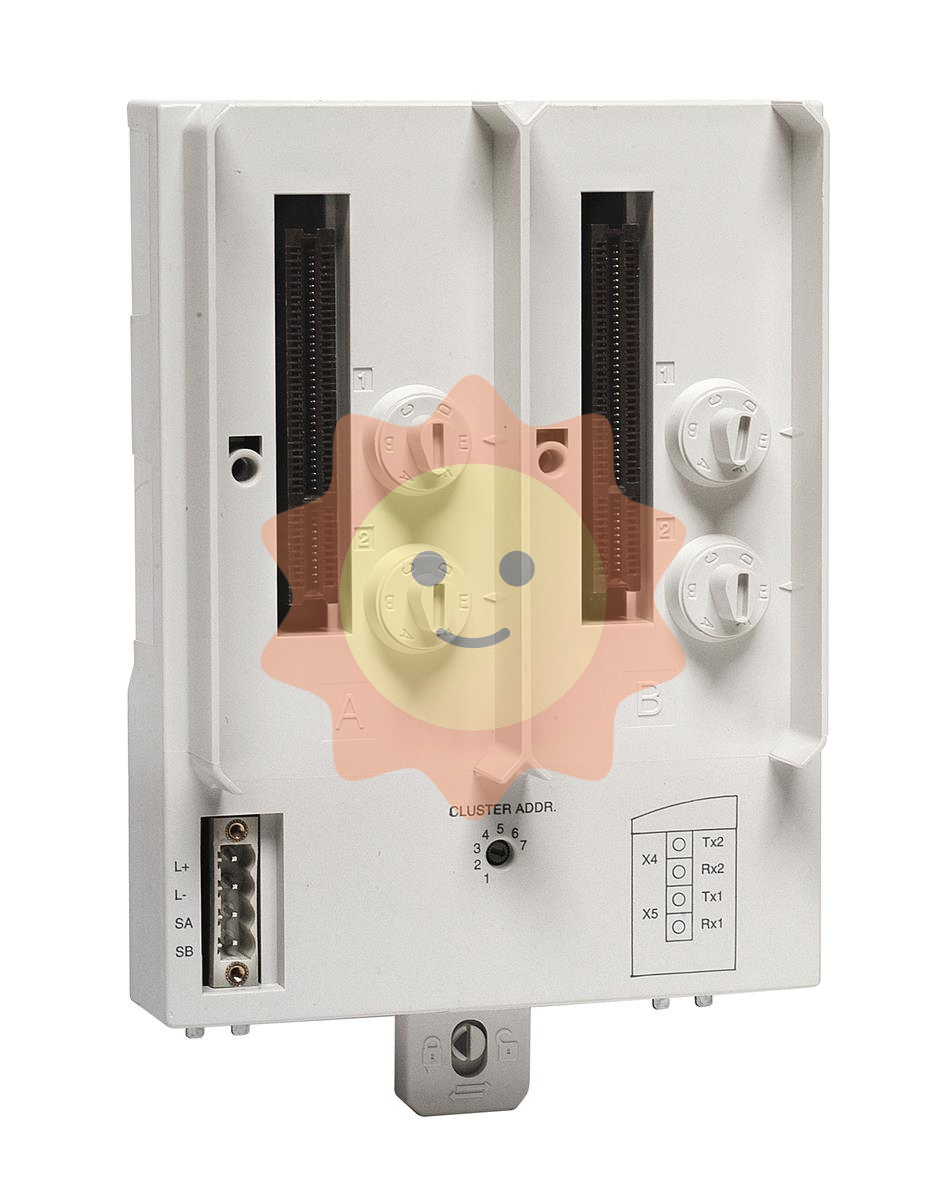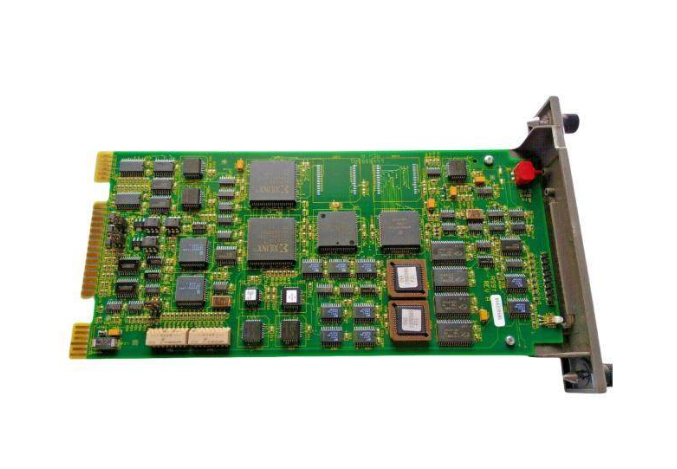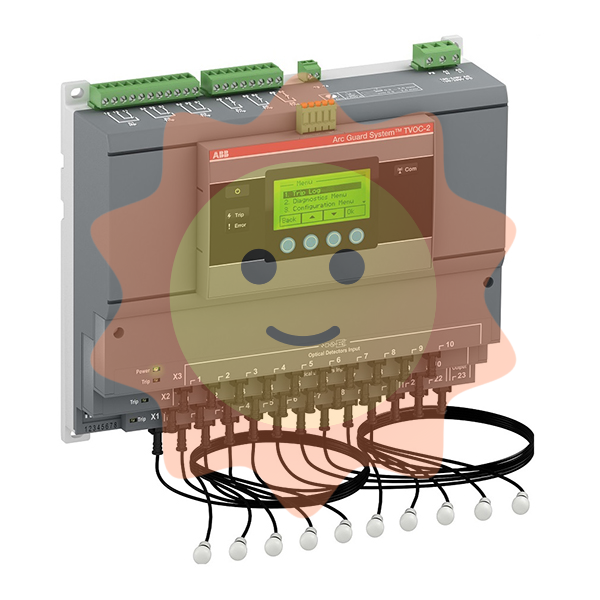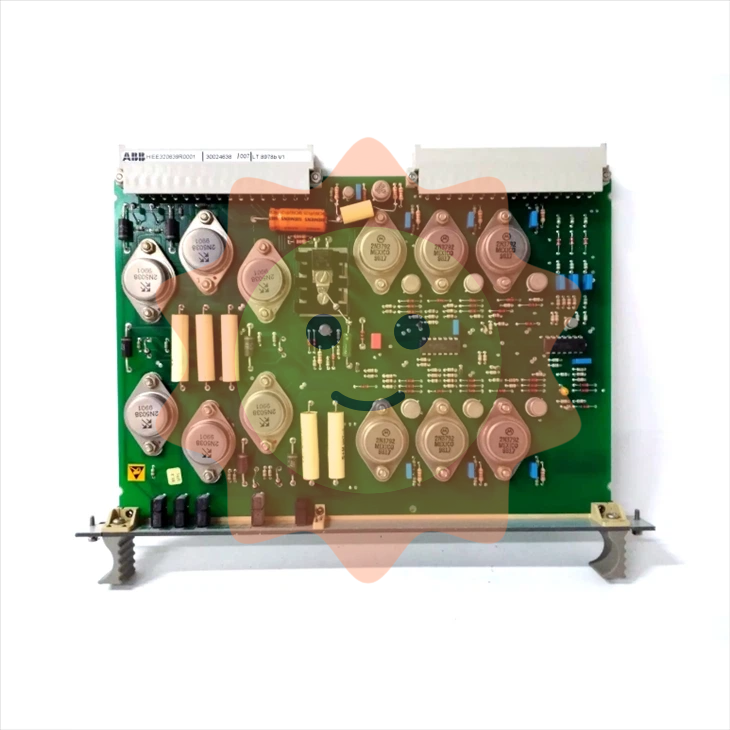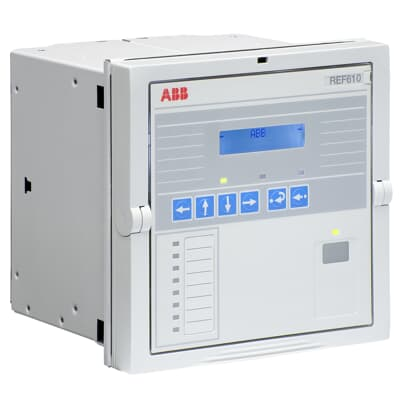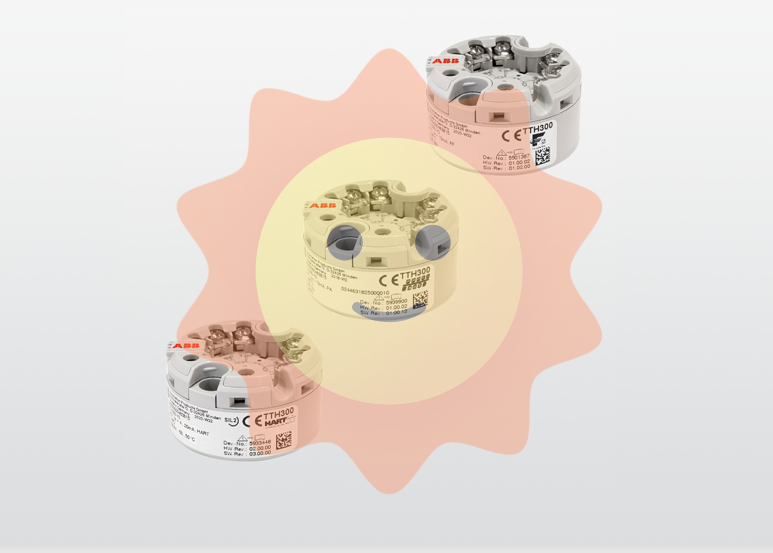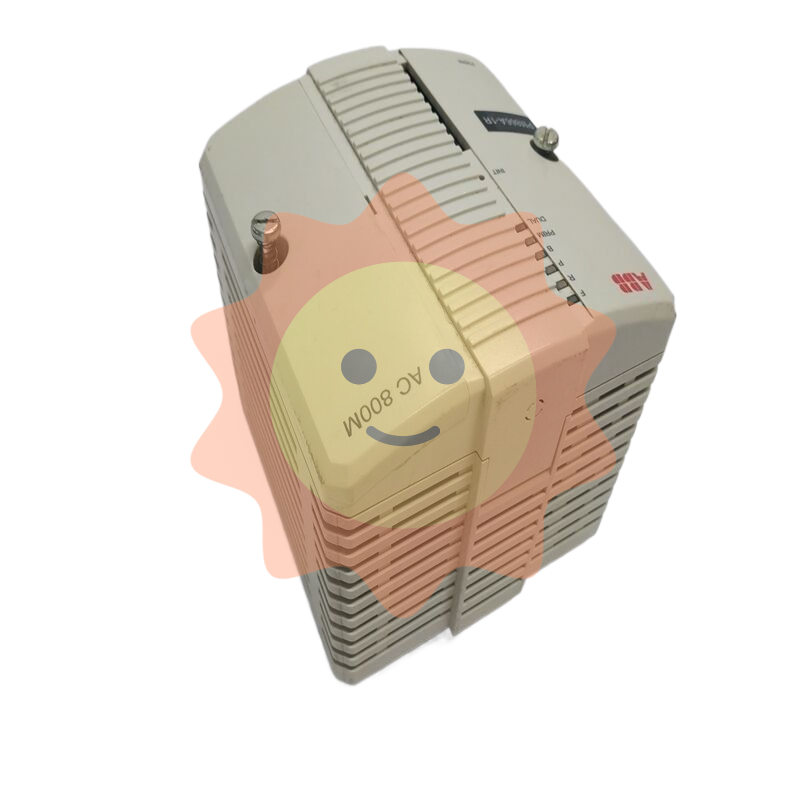Fire hazard in metal mines
Classification of fire hazard sources in metal mines
Metal mine fire refers to the fire occurring on the ground or underground of metal mine [16]. The combination of unsafe factors or conditions that lead to the fire risk in metal mines is called the fire hazard source. According to the location of the fire, it can be divided into ground fire and underground fire two kinds. Underground fire is different from surface fire, underground space is limited, oxygen supply is insufficient. If the fire source is not close to the ventilation flow, the fire only burns slowly in a limited air flow, and the flame is not as large as the ground fire, but it generates a lot of toxic and harmful gases. This is an important reason that underground fire is easy to cause serious accidents. In addition, the spontaneous fire occurring in the goaf or in the pillar is transformed from the oxidation and self-heating of the ore to spontaneous combustion under specific conditions.
According to the cause of the fire, there are two kinds of external fire and internal fire:
(1) External fire is a fire caused by various external causes. For example, a fire started by an open flame; Fire caused by oil during transportation, storage and use; Fire caused by explosives during transportation, processing and use; Fire caused by mechanical action; Electrical equipment insulation damage and poor performance caused by fire, etc.
(2) The internal cause of fire is caused by the physical and chemical reaction heat of the mineral rock itself. In addition to the characteristics of oxidation and self-heating of the mineral rock itself, the formation of the internal cause of fire must have heat accumulation conditions, when the heat is accumulated, it will inevitably produce warming phenomenon, and the rise of temperature will lead to the accelerated oxidation of the mineral rock, resulting in a vicious cycle. When the temperature reaches the ignition point of the substance, it will lead to the occurrence of fire.

External fires can occur in any mine. Gold mine fires mainly belong to exogenous fires, which are mostly caused by external heat sources such as open fire, collision of trackless equipment, firing, mechanical impact and friction, current short circuit, static electricity and other igniting combustible materials. The places prone to external fires are mainly the storage places of all kinds of grease and other heat-sensitive goods and electromechanical chambers. Internal fires can only occur in mines with spontaneous combustion deposits and there are certain conditions. Therefore, for metal mining enterprises, the risk source of external fire is the focus of research and consideration.
External causes of fire
(1) Fire and explosion caused by open flame
The fires caused by the use of calcium carbide lamps for lighting, smoking or inadvertent ignition occupy a considerable proportion in the mine. Calcium carbide lamp flame and wax paper, wood, oil cotton yarn and other combustible contact, it is easy to ignite, if not put out in time, it will cause a fire.
(2) Fire caused by blasting operations
Explosive combustion in blasting operations, sulfide dust combustion and wood combustion caused by blasting, and combustible gas accumulation caused by poor ventilation after blasting are all fires caused by blasting operations.
(3) Fire caused by welding operations
When gas welding, cutting and electric welding operations are carried out on the mine floor, wellhead or underground, if reliable arson measures are not taken, the sparks generated by welding and cutting and the metal melt encounter wood, cotton yarn or other combustibles, it may cause fire.
(4) Fire caused by electrical reasons
Electrical lines, lighting fixtures, electrical equipment short circuit, overload, easy to cause fire. Electrical spark, arc and high temperature red heat conductor ignition of electrical equipment, cables and other insulating materials easily catch fire.
Characteristics and hazards of mine fire hazards
As mining enterprises, especially underground mining metallurgical mining enterprises, due to the particularity and complexity of their operating conditions and forms [17], fire hazard sources have their own particularities and hazards.

Characteristics of mine fire hazard sources
Mine fire risk sources have three main characteristics: destructive, catastrophic and secondary [18]:
(l) Destructive or catastrophic. Due to the flame and high temperature smoke flow through the roadway, the equipment and roadway support are destroyed, and a lot of resources are burned. The toxic and harmful gas produced by the fire invades most of the shafts and lanes in the mine, causing threats to personnel and leading to casualties.
(2) Secondary. The occurrence of the fire is not only the burning phenomenon at the initial fire source, but also the area through which the high temperature smoke flow of the fire, when there is a fresh air flow into the area, a new fire source may be generated (secondary fire source).
(3) Universality. Because of the complex production process, many production links, the operation surface appears three-dimensional cross state, so the fire hazard source distribution range is very wide.
(4) Variability. In the underground part, the position, form and degree of danger will change with the continuous development of mining operations and the constant change of natural environment, and the state of its danger source is always in dynamic change. And there are many factors affected. The existence state of the hazard source is affected by many factors such as the selection of mining method, geological and natural conditions of the deposit, blasting operation, machinery type, cavitation form and production management level.
(5) concealment. Because there are many factors affecting the risk source, and the change is large. Therefore, the monitoring and control means and methods require higher requirements, especially the dangers that can be detected by precision instruments, such as ground pressure activities, a large number of toxic and harmful gases, etc., are concealed.
(6) Contingency. One of the main reasons for the high accident rate of mining enterprises is that it is difficult to estimate the degree of damage caused by hazard sources. Some accidents happen in an instant, and some big events do not happen for some reasons, so it is difficult to quantitatively analyze the severity of the hazard.
Hazards of mine fire hazards
Mine fire will bring particularly serious harm to the lives of underground personnel, the main reasons are:
(l) The underground space is narrow, the connection relationship between mine ventilation and roadway is complex, and the air supply is limited. In case of fire, personnel will be limited by the underground environmental conditions.

(2) Mine fires will produce a lot of high temperature smoke, and the temperature near the fire source is often above 1000℃. The large amount of smoke and heat generated by the fire is not easy to dissipate in the mine. In the case of ventilation in the roadway, the high temperature smoke flow can quickly spread to a large range with the wind, so that the personnel in these areas are harmed by high temperature. In addition, the smoke generated by the fire will block people's line of sight and reduce the visibility of the air, thus hindering the safe evacuation of personnel and the smooth progress of disaster relief and fire fighting [19].
(3) Fire smoke with a large number of toxic and harmful gases and vapors and smoke, not only on the human eyes and respiratory organs have a strong irritating and asphyxiating effect, but also in the smoke of carbon monoxide, hydrogen and hydrogen sulfide and other toxic and harmful gases, so that the oxygen concentration in the air flow is also greatly reduced. Such gas is inhaled by the human body will cause human poisoning, asphyxiation and other casualties. It can be seen from a large number of fire accident cases at home and abroad that the main cause of casualties during fire is smoke poisoning and asphyxia.
(4) The development of a mine fire to a certain intensity (such as fire wind pressure) may cause changes in the direction of the mine ventilation network, so that the flow of smoke is out of control, further expanding the disaster area, so that more underground personnel are poisoned by fire smoke. At the same time, it brings great difficulty and danger to the underground safe retreat. Due to the disturbance of air flow in the ventilation network during mine fire, it is easy to induce gas and coal dust explosion accidents.
- EMERSON
- Honeywell
- CTI
- Rolls-Royce
- General Electric
- Woodward
- Yaskawa
- xYCOM
- Motorola
- Siemens
- Rockwell
- ABB
- B&R
- HIMA
- Construction site
- electricity
- Automobile market
- PLC
- DCS
- Motor drivers
- VSD
- Implications
- cement
- CO2
- CEM
- methane
- Artificial intelligence
- Titanic
- Solar energy
- Hydrogen fuel cell
- Hydrogen and fuel cells
- Hydrogen and oxygen fuel cells
- tyre
- Chemical fiber
- dynamo
- corpuscle
- Pulp and paper
- printing
- fossil
- FANUC
- Food and beverage
- Life science
- Sewage treatment
- Personal care
- electricity
- boats
- infrastructure
- Automobile industry
- metallurgy
- Nuclear power generation
- Geothermal power generation
- Water and wastewater
- Infrastructure construction
- Mine hazard
- steel
- papermaking
- Natural gas industry
- Infrastructure construction
- Power and energy
- Rubber and plastic
- Renewable energy
- pharmacy
- mining
- Plastic industry
- Schneider
- Kongsberg
- NI
- Wind energy
- International petroleum
- International new energy network
- gas
- WATLOW
- ProSoft
- SEW
- wind
- ADVANCED
- Reliance
- YOKOGAWA
- TRICONEX
- FOXBORO
- METSO
- MAN
- Advantest
- ADVANCED
- ALSTOM
- Control Wave
- AB
- AMAT
- STUDER
- KONGSBERG
- MOTOROLA
- DANAHER MOTION
- Bently
- Galil
- EATON
- MOLEX
- Triconex
- DEIF
- B&W
- ZYGO
- Aerotech
- DANFOSS
- KOLLMORGEN
- Beijer
- Endress+Hauser
- MOOG
- KB
- Moxa
- Rexroth


Email:wang@kongjiangauto.com

